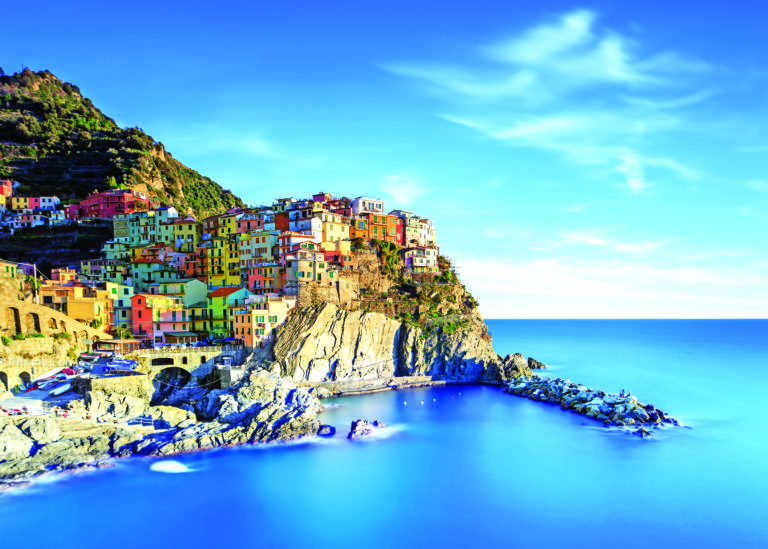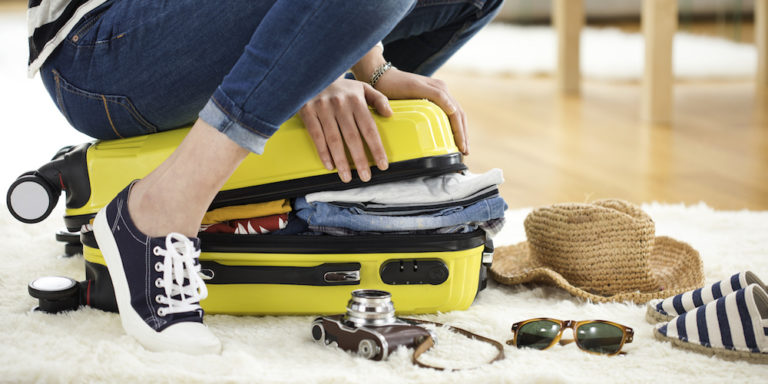Ever travelled somewhere so great that it makes you want to quit your job? Not pack it all in and hit the road, but actually swap your old career for a new one altogether? For me, Iceland inspired that very feeling. This is a country so crammed with otherworldly wonders that you’ll vow to return as a photographer, a geologist, or perhaps a volcanologist; anything for the chance to roll your sleeves up and get to work on the country’s myriad mysteries.
What’s no mystery is the cause of the island’s wild beauty. Poised on the junctures of three tectonic plates, Iceland has very active geological and volcanic features that constantly add to its breathtaking weirdness and volatility. Those features made a dramatic bid for international attention in March 2010, when eruptions by the Eyjafjallajökull volcano grounded most of Europe’s air traffic for a week. In addition, earthquakes, lava floods and glacial bursts frequently redraw the map.
Even when the ground isn’t splitting open beneath your feet, Iceland’s weather is capable of capricious, holiday-trashing histrionics. When my travel mate, Jamie, and I hired our VW Polo at Reykjavík Airport, we were warned that the most common kind of damage cars suffer in Iceland is their doors being wrenched off when opened in the ridiculously strong winds. (Despite enjoying almost perfect spring weather, we were to discover this advice was not issued in jest.)
You can drive hundreds of kilometres without seeing any trees because the hostile tundra climate makes it hard for anything much taller than moss to get a foothold. Much of Iceland is technically desert, despite temperatures rarely exceeding 20ºC.
While not warm, it isn’t as cold as it should be either; the passing Gulf Stream compensating for the proximity to the Arctic Circle. With one of the world’s lowest population densities, Iceland is perfect for travellers who love finding themselves amid vast expanses of wilderness. The middle of a beautiful nowhere is better than almost anywhere else at making our planet seem like a living, breathing, evolving being, capable of both wonderful growth and terrible capriciousness. But your biggest hazard is overdosing on its beauty.
The best way to get around is by hiring a car, especially if you’re pressed for time. We covered 2200 kilometres in seven days, but for every wonder we saw, there were 10 others we had to miss, now catalogued for “next time”. If that sounds like a lot of driving, be assured this is one of those road trips where the journey is just as photogenic as the destinations. We could never have seen everything Iceland has up its sleeve, but everything we did see was a life-changer.
Our first journey was a long haul from the capital, Reykjavík, in the south-west, way up to the spectacular Westfjords, a hand-like protrusion of fjords and mountains off the north-western coast, waving at Greenland.
Our base was the town of BÍldudalur, where the surroundings included a “beach” (tidal sand flats ringed on three sides by mountains and on the remainder by an eerily calm sea), waterfalls, caves and a hot-spring pool by the side of the road, miles from anywhere. We dropped 50 Icelandic króna (less than AU$1) into the honesty box and wallowed in the soup-warm water, sighing at the gorgeous views.

The highlight of the Westfjords was the Látrabjarg bird cliffs, Iceland’s westernmost point and home to puffins, gulls, razorbill auks and hundreds of other seabird species. We reached ißhyuikt in late afternoon, when the long, setting light was perfect. How I wish I wasn’t prone to vertigo! I took most of my photos by lying flat and sticking my hand out over the precipice, only later seeing the puffins I’d snapped perched on vertiginous cliffs that reach heights of up to 400 metres.
If Westfjords is your off-the-beaten-track experience, then the Golden Circle, just east of Reykjavík, is a tourist highway – and with good reason. Its drawcards include the geothermal gems of Geysir (consider yourself lucky if you happen to be there on the rare occasion that it erupts) and its more co-operative neighbour, Strokkur, which picturesquely erupts every five to 10 minutes. A short drive farther east is the impressive Gullfoss waterfall and the nearby Þingvellir (Thingvellir) National Park. The original site of Iceland’s 1000-year-old parliament, this rugged landscape bears the scars of a visible fault line, literally the meeting of continents. It’s the fissure where the North American tectonic plate joins its Eurasian neighbour (although, strictly speaking, it’s not the Eurasian plate here, but the breakaway Hreppar Microplate).
History, hiking trails, Þingvallavatn lake and the crystal-clear waters of the Silfra fissure, a famous dive site, make this a fascinating area.
Our next stop was Vik, two hours south-east of Gullfoss and the southernmost town on the mainland. The landscape around here turns to green farmland, butted by hills that, in turn, give way to glaciers and brooding volcanoes. (We passed Eyjafjallajökull and its interesting little museum.) Dramatic coastal scenery with abundant birdlife rewards visitors to Vik, as does a beach with pitch-black sand. Be sure to bring a sample jar.
Vik also makes a good base for a day trip to Jökulsárlón, two hours’ drive south along the coast. The green countryside is replaced by vast, desolate, black sandflats (sandar), flattened by a glacial flood in 1996. The remains of a 900-metre bridge, its steel girders twisted like pipe cleaners, shows what happens when a volcano erupts under a glacier and sends three trillion litres of melted ice and debris racing downhill.
The stunning Jökulsárlón lagoon, cluttered with floating glaciers chipped off the Breiðamerkurjökull glacier, is worth bringing a spare camera battery for. Grab a place on an amphibious boat for a tour or, if you miss out, get up close to the icebergs that wind up beached on the black-sand shore. Either way, you’ll understand why so many movies are made here.
With so many things we never had time to see, maybe I really will quit my day job and relocate to Iceland as a seismologist. Or a film-location scout or a photographer or a landscape painter …







